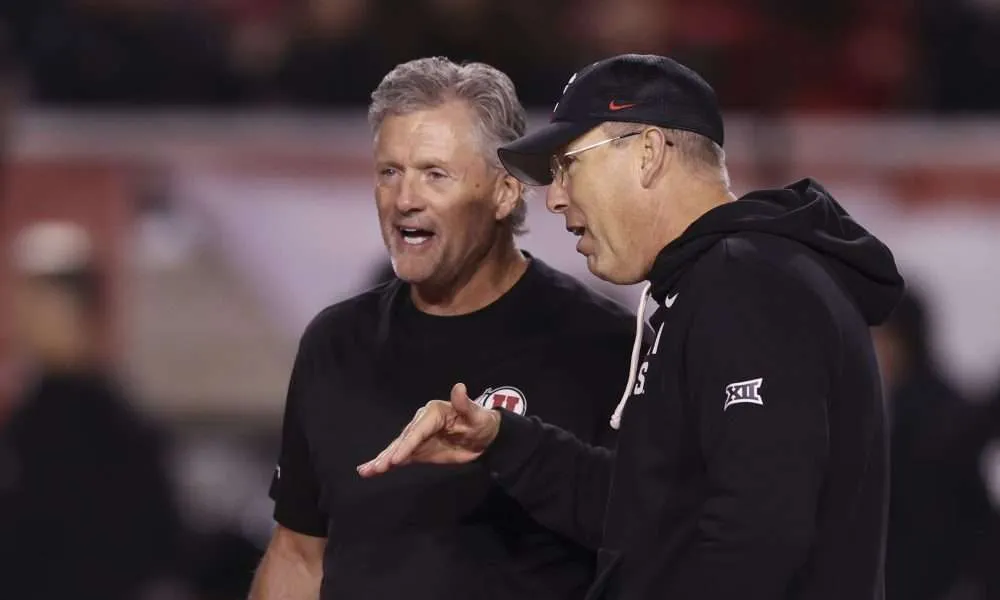NIL
Logan Johnstone commits to Vanderbilt baseball as Washington State transfer outfielder
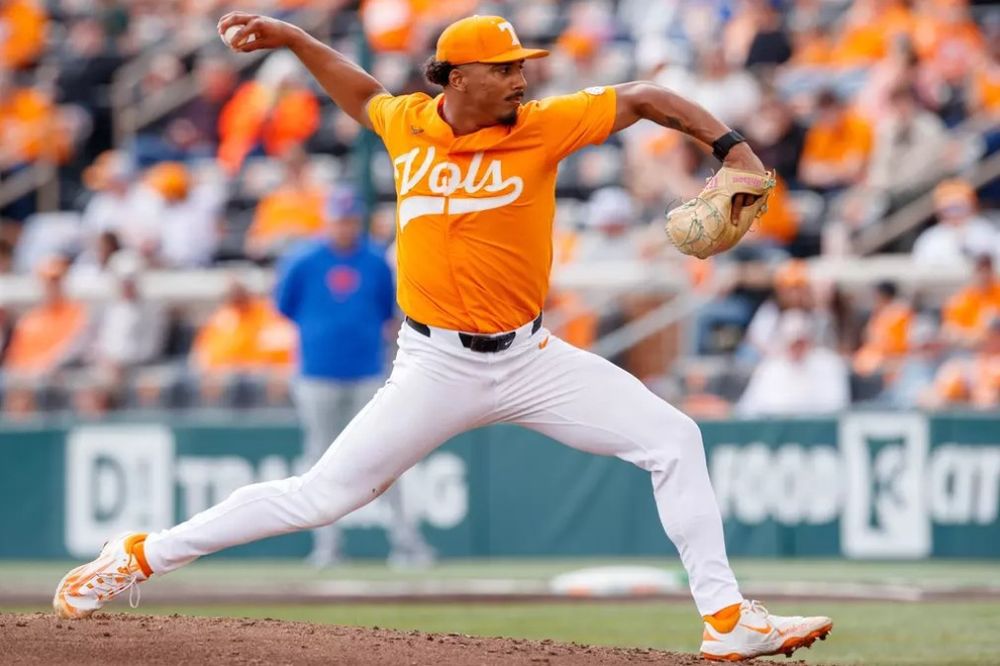

 Washington State grad transfer outfielder Logan Johnstone committed to Vanderbilt baseball, he announced on social media June 21.
Washington State grad transfer outfielder Logan Johnstone committed to Vanderbilt baseball, he announced on social media June 21.
The All-Mountain West first team selection hit .337 in 2025 with 17 doubles, nine home runs and as many walks as strikeouts. He started his college career at Gonzaga.
He has gotten off to a hot start in the MLB Draft League, hitting .400 across nine games.
Johnstone has split his time between all three outfield positions in college but has played exclusively center field in summer ball.
Outfield is Vanderbilt’s biggest positional need. Jacob Humphrey is out of eligibility and RJ Austin is likely to be selected in the MLB draft. JD Rogers and RJ Hamilton entered the transfer portal, leaving Braden Holcomb, David Mendez and Rustan Rigdon as the only players on the roster with significant outfield experience. The Commodores have two incoming freshmen at the position, Sean Gamble and Slater de Brun, but both are draft risks.
Johnstone is the third transfer commit this offseason, following Cornell infielder Max Jensen and Princeton pitcher Jacob Faulkner.
Aria Gerson covers Vanderbilt athletics for The Tennessean. Contact her at agerson@gannett.com or on X @aria_gerson.
NIL
Miami WR Malachi Toney Announces Career News Amid College Football Season
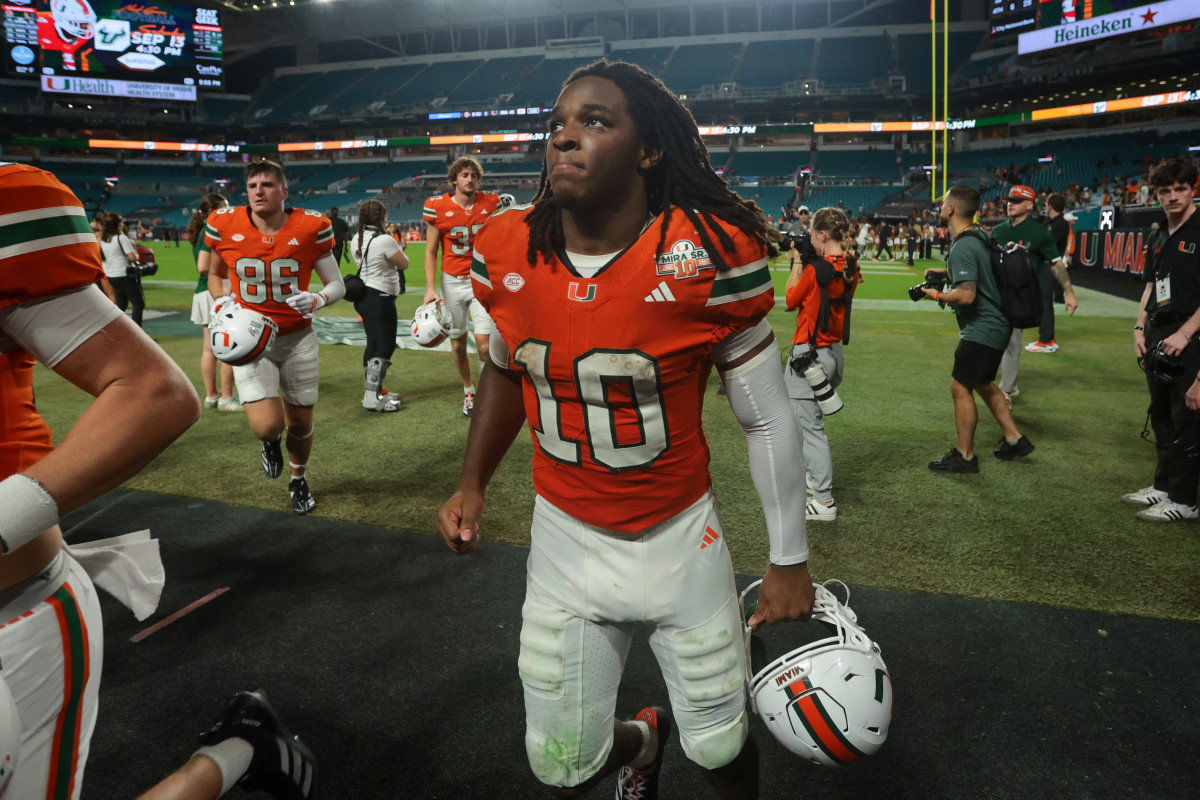
The No. 10 seed Miami Hurricanes defeated the No. 7 Texas A&M Aggies 10-3 in the first round of the College Football Playoff. It was a defensive battle, ultimately decided by a late fourth-quarter score and red-zone interception by Miami.
With the score tied at 3 and 1 minute, 44 seconds left in the game, Hurricanes wide receiver Malachi Toney scored on an 11-yard touchdown pass thrown by quarterback Carson Beck.
Advertisement
Up next for the Hurricanes is a Goodyear Cotton Bowl Classic matchup against the No. 2 Ohio State Buckeyes. It’s an uphill battle, as ESPN’s matchup predictor gives the Hurricanes a 29.5% chance of winning.

Miami Hurricanes wide receiver Malachi Toney (10).© Robert Myers-Imagn Images
Before his heroic performance, though, the wide receiver revealed an exciting Name, Image and Likeness (NIL) update. In a joint Instagram post, Toney revealed a new NIL partnership with Hellstar, a popular clothing brand that has a sports training component.
Advertisement
“We are so proud to announce our first Hellstar Sports College Athlete NIL signing – Malachi Toney🌟.,” the post caption read. “We had the privilege to coach @malitoney10 while he was apart of our high school 7 on 7 program, so now seeing him shine on the collegiate level we couldn’t be more proud.”
Toney’s On3 NIL valuation of $878,000 is the 12th-highest among college football wide receivers. Among players on Miami, it’s the fourth-highest, behind quarterback Carson Beck ($3.1 million), EDGE Rueben Bain Jr. ($1.2 million) and offensive tackle Francis Mauigoa ($1.1 million).
Advertisement
Through 14 games, Toney has been a major contributor to Miami’s success. He leads the team in receptions (89), yards (992) and touchdowns (eight).
With an exciting NIL opportunity under his belt, he and Miami look to stay hot against Ohio State. Kickoff is Dec. 31 at 7:30 p.m. ET at AT&T Stadium, airing on ESPN and streaming on the ESPN app.
Related: Texas Receives Clear Message From Nation’s No. 2 WR Amid Intense Recruiting Battle
This story was originally published by Athlon Sports on Dec 21, 2025, where it first appeared in the College Football section. Add Athlon Sports as a Preferred Source by clicking here.
NIL
What Colorado’s Athletic Department Valuation Says About Buffaloes’ Growth
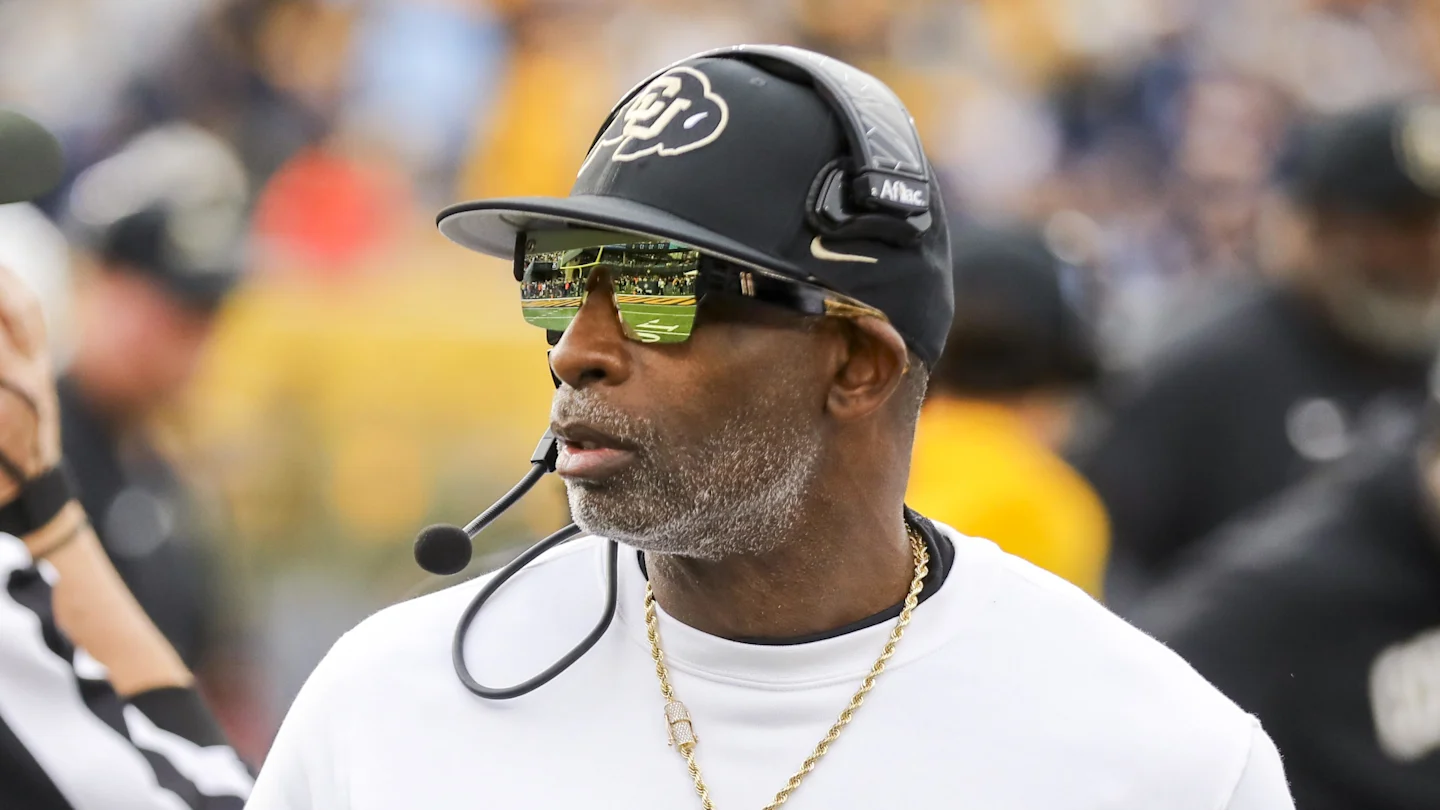
In the growing landscape of college athletics, Name, Image, and Likeness (NIL) deals play a vital role in sports. Some programs are set up better than others based on a program’s valuation. Programs with higher valuations can help some of the top-performing teams stay successful.
CNBC released its valuation rankings for the country’s athletic departments, showing their growth from the 2024 fiscal year. The Colorado Buffaloes are ranked No. 47 in the nation, a rise from No. 55 in 2024.

Breaking Down Colorado Buffaloes’ Valuation Ranking
Colorado’s 2025 valuation is $574 million, with a year-over-year value change of 22 percent. The program’s 2024 revenue is set at $147 million, with a 16 percent year-over-year revenue change.
A program’s valuation determines its monetary worth, and it is important to look at the growth, which shows that Colorado is trending in the right direction. It is also important to note that the valuation rankings are based on all of the athletics, not just the football program.
Where Colorado Ranks In The Big 12

When focusing on the Big 12 conference, several of the programs are in the same vicinity with their valuation ranking.
- No. 39 Kansas: $620M
- No. 41 Oklahoma State: $600M
- No. 42 Baylor: $585M
- No. 46 Iowa State: $575M
- No. 47 Colorado: $574M
- No. 49 Texas Tech: $570M
- No. 50 TCU: $568M
- No. 55 Arizona: $529M
- No. 57 BYU: $500M
- No. 58 West Virginia: $481M
- No. 60 Utah: $451M
- No. 62 Kansas State: $435M
- No. 63 Arizona State: $430M
- No. 68 Cincinnati: $280M
- No. 70 UCF: $262M
- No. 73 Houston: $222M
MORE: Colorado Gets Hit With Biggest Transfer Portal Loss Yet
MORE: Michael Irvin Gets Real On Blame Surrounding Shedeur Sanders
MORE: Deion Sanders Faces Recruiting Problem After Omarion Miller Transfer News
SIGN UP FOR OUR NEWSLETTER HERE
While from the top valuation of Kansas to the bottom, which is Houston is a significant difference in the Big 12, the conference teams are still in a similar vicinity overall. With it having to do with all athletics, the programs that have consistently strong teams, such as Kansas’ basketball team, make sense to have a higher valuation.

Looking at the Big 12 as a whole shows that the Colorado Buffaloes are in the top five for their valuation and trending upward.
Calling Back To Deion Sanders’ Comments On Fairness
While valuation is not the same as revenue, seeing the difference in the conferences does call back to Colorado coach Deion Sanders’ comments on the fairness between programs. The schools in the top five for their valuation are either in the Big Ten or the SEC, and all are in the billions.
“You talk about equality,” Sanders said during the Big 12 media day. “All you have to do is look at the playoffs and see what those teams spent, and you understand darn near why they’re in the playoffs. It’s kind of hard to compete with somebody who’s giving $25, $30 million to a darn freshman class.”

Although the valuation is on the programs’ overall athletics, Sanders has been outspoken about money when it comes to building the football program. With the Buffaloes facing a mass exodus through the transfer portal, Sanders has highlighted that several players are leaving because of money.
The positive side is that the Buffaloes’ valuation is growing with a 22 percent increase. This shows that the school’s athletics overall are being valued higher, and will help lead to more money poured into the program. With more money, the Buffaloes can put more of an emphasis on NIL as they look to build their roster and compete in the Big 12.
RECOMMENDED ARTICLES
NIL
Insider Reveals Biggest Reason Behind Colorado’s Transfer Portal Mass Exodus
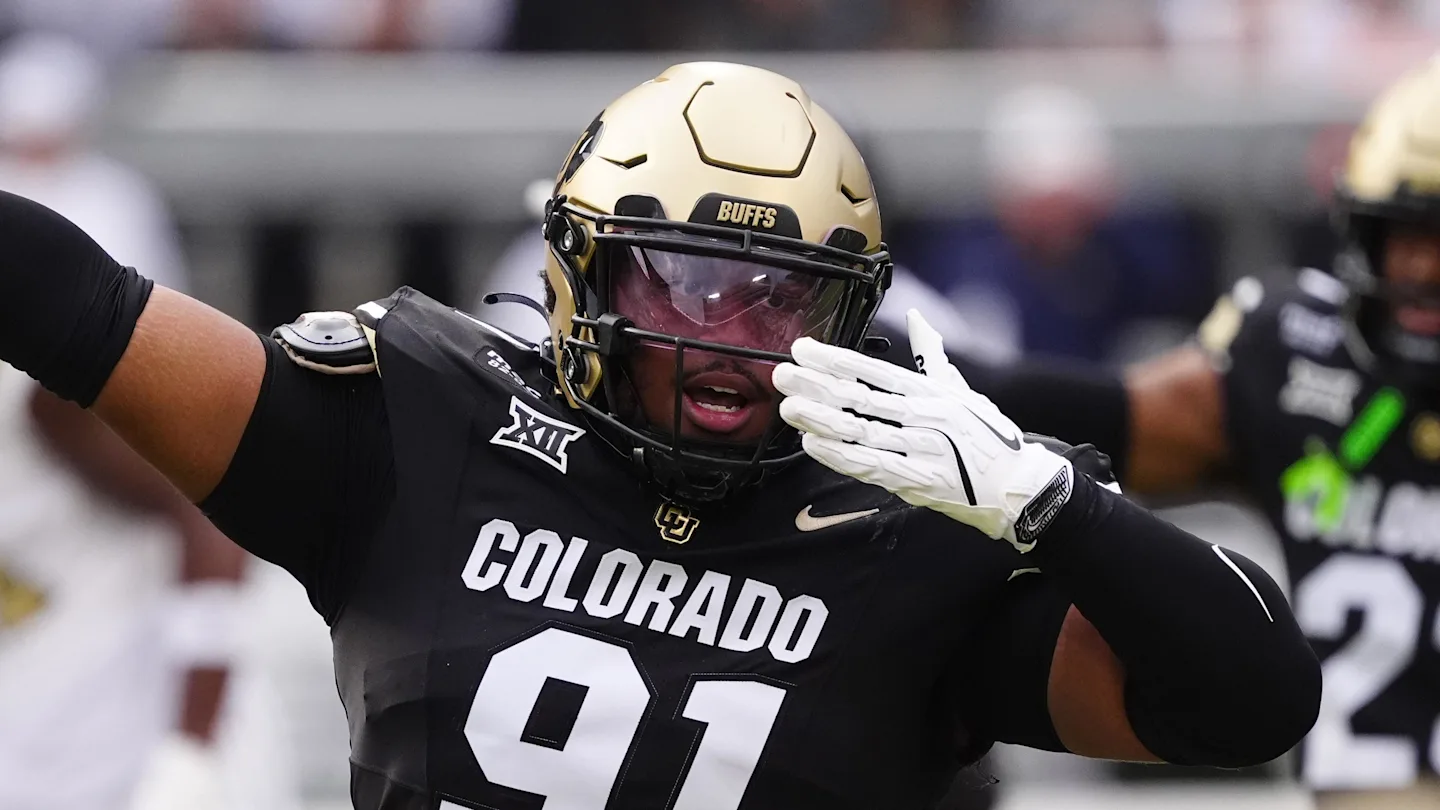
From a player retention standpoint, the first few weeks of the offseason haven’t been kind to the Colorado Buffaloes.
Several key Buffs have announced their intentions to enter the college football transfer portal when it opens next month, including wide receiver Omarion Miller, safety Tawfiq Byard and freshman defensive end Alexander McPherson. While every situation is unique, one Colorado insider believes money has been a common denominator among players’ reasons for leaving Boulder.

“The super majority of those people, I’m talking 95 percent, are going to be leaving for a bigger bag,” Thee Pregame Show’s Uncle Neely said on his YouTube channel. “This ain’t transferring in 1990. This ain’t transferring in the year 2000. This is 2025. This is business now. This isn’t, ‘Oh, I don’t like the coach. Oh, I don’t want to be treated the way they treat me.’
“This doesn’t mean something is wrong. These are business decisions now. But what we like to do is run with the narrative that woe is me, something must be wrong, something must be going on. How are all these people leaving?”

The NIL (name, image and likeness) era has rocked college football, and the depressing truth is that schools with more money will ultimately land the best players. In the Big 12, no school better exemplifies that trend than new conference champion Texas Tech.
Who’s Leaving Colorado?

As of Sunday, 16 Colorado players will enter the transfer portal next month. That group includes 12 defensive players, six members of the Buffs’ 2025 high school signing class and a few other Buffs who spent only one season in Boulder.
Below is an updated list of Colorado players who plan on entering the transfer portal:
- Safety TJ Branch
- Defensive lineman Jehiem Oatis
- Cornerback Noah King
- Cornerback Teon Parks
- Linebacker Mantrez Walker
- Safety Terrance Love
- Safety Tawfiq Byard
- Wide receiver Omarion Miller
- Defensive tackle Brandon Davis-Swain
- Offensive lineman Carde Smith
- Defensive end Alexander McPherson
- Offensive lineman Tyler Brown
- Defensive tackle Gavriel Lightfoot
- Defensive tackle Christian Hudson
- Defensive tackle Tawfiq Thomas
- Wide receiver Dre’lon Miller

Uncle Neely shared his take that Colorado’s losses should be replaceable via the transfer portal.
“Have you ever stopped to say, what am I actually losing by those people leaving?” Uncle Neely said. “Have you ever looked at the numbers production-wise of who has announced that they’re getting up out of here and what you’re actually losing by them leaving?… Is it replaceable via the portal? And in this business in college football, is it replaceable cheaper? I would wager to say the answer is yes in all regards.”
MORE: Colorado Gets Hit With Biggest Transfer Portal Loss Yet
MORE: Michael Irvin Gets Real On Blame Surrounding Shedeur Sanders
MORE: Deion Sanders Faces Recruiting Problem After Omarion Miller Transfer News
SIGN UP FOR OUR NEWSLETTER HERE

The college football transfer portal will open on Jan. 2 and close Jan. 16. Colorado coach Deion Sanders and his staff can begin adding players from the portal at the start of that period.
NIL
Report: LSU finalizes deal to hire Ole Miss’ Kevin Smith, puts him among highest paid RBs coaches
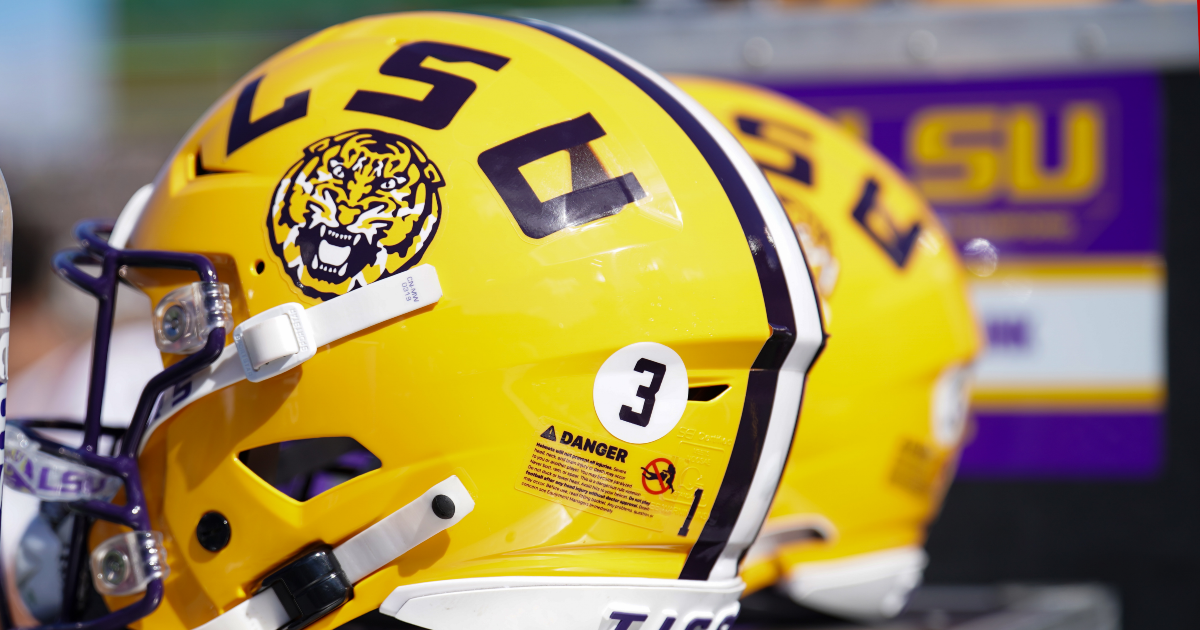
Lane Kiffin is bringing another Ole Miss assistant with him to LSU. According to Matt Zenitz of CBS Sports, the Tigers have finalized a deal to hire Rebels running backs coach Kevin Smith for the same role.
Smith is reported to have a salary of close to $1 million, which would make him one of the highest-paid running backs coaches in the country. He is the sixth Ole Miss assistant to follow Kiffin to Baton Rouge.
The other coaches joining Kiffin at LSU are offensive coordinator Charlie Weis Jr., tight ends coach Joe Cox, receivers coach Joe McDonald, inside receivers coach Sawyer Jordan and quarterbacks coach Dane Stevens. So far no defensive assistants from the Rebels have made the jump to Baton Rouge.
Smith worked with Kiffin as a running backs coach at Florida Atlantic form 2017-19 and joined his very first staff at Ole Miss in 2020. He stayed for the next two seasons in Oxford before leaving to take the running backs coach position at Miami in 2022.
Smith’s stint with the Hurricanes was a short-lived one as he returned to Ole Miss in 2023 and stayed through this season. Now he’ll look to continue the success he has enjoyed with Kiffin while building up the running backs room at LSU.
Smith helped to develop running backs such as Quinshon Judkins and Kewan Lacy during his time in Oxford. This past season, Ole Miss ranked fifth in the SEC with 185.6 rushing yards per game as Lacy led the conference with 21 rushing touchdowns and ranked second with 1,366 yards.
Ole Miss had its best season in program history this year to reach the College Football Playoff for the first time. However, Kiffin was not granted permission from the school to finish out the season with the Rebels after he accepted the LSU job.
Other assistants, including offensive coordinator Charlie Weis Jr., were allowed to complete the playoff run with Ole Miss. The Rebels defeated Tulane in the first round and will face No. 3 Georgia, which they lost to earlier this season, in the quarterfinals.
As of right now, it looks like most of the Ole Miss offensive staff will follow Kiffin to Baton Rouge. The defensive side keep defensive coordinator Blake Baker, who has been on staff at LSU since 2024.
NIL
Former 4-star QB announces plans to enter college football transfer portal
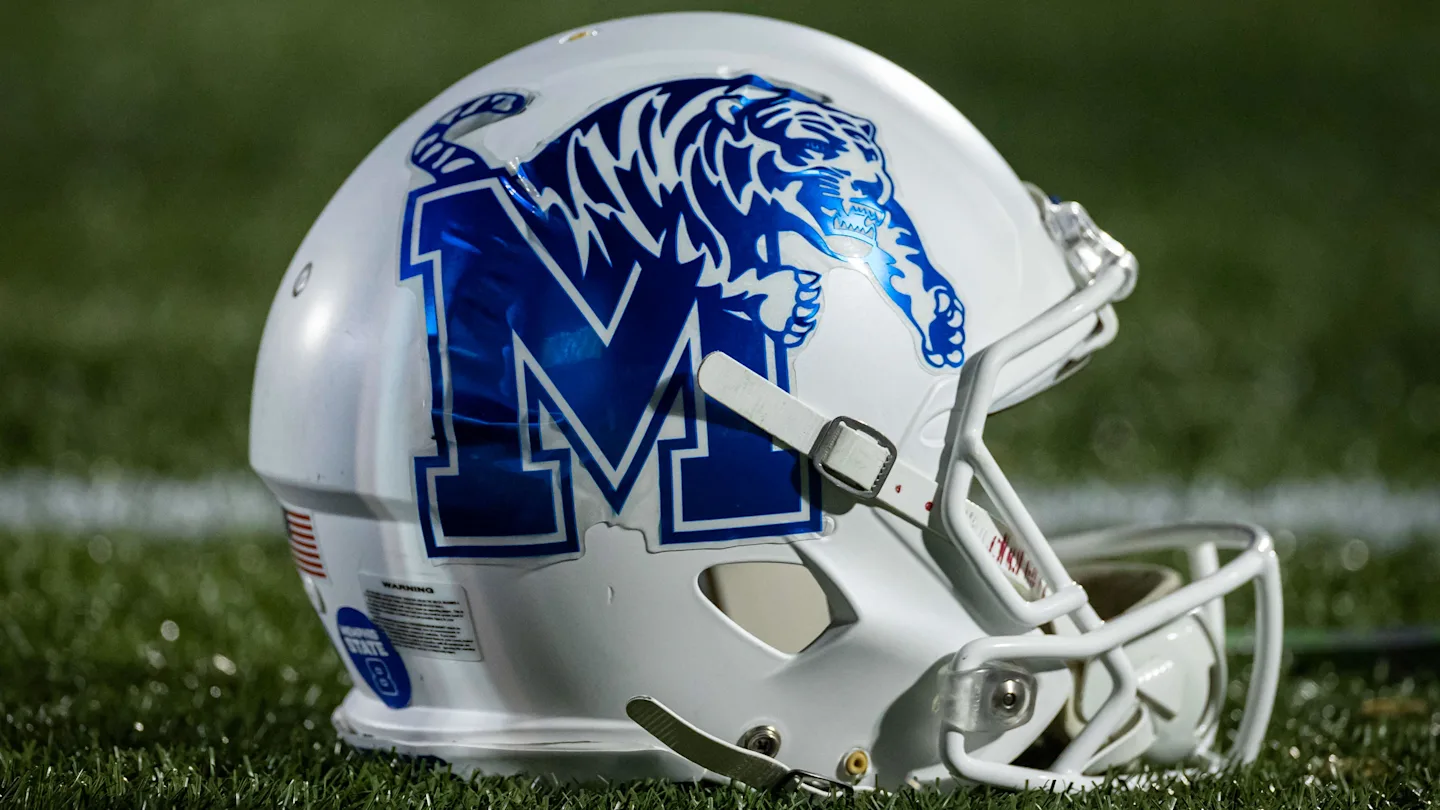
The quarterback market is expected to be extremely competitive this offseason.
A ton of experienced signal-callers have announced their decisions to enter the NCAA Transfer Portal, including Arizona State’s Sam Leavitt, North Texas’ Drew Mestemaker, Cincinnati’s Brendan Sorsby, and TCU’s Josh Hoover, among countless others.
The right move can benefit young quarterbacks, as players such as USC’s Jayden Maiava and Oregon’s Dante Moore benefited from transferring early in their careers.
An offseason coaching change has led one former blue-chip recruit to explore his options in the portal.
Former Four-Star Quarterback Expected To Enter Portal
On Sunday, Memphis true freshman quarterback Antwann “AJ” Hill announced his plans to leave the program after one season, per On3.
Hill appeared in two games in 2025, earning a redshirt. His most extensive action came in a 31-24 loss to UAB on October 18. Hill entered the contest after starting quarterback Brendon Lewis went down with an injury. In roughly two quarters of action, he completed 13/25 passes for 176 yards with 1 touchdown and 1 interception.
On the season, Hill connected on 19/32 passes for 223 yards with 1 touchdown to 1 interception.
Hill is transferring after Memphis head coach Ryan Silverfield was hired away by Arkansas. The Razorbacks don’t have a ton of depth at quarterback. Redshirt freshman KJ Jackson holds the most experience on the roster with five appearances and one start last season.
It wouldn’t be a surprise if Arkansas is involved in Hill’s transfer recruitment.
Hill was one of the highest-ranked prospects in program history to sign with Memphis. He was regarded as the No. 15 QB and a top-200 recruit in the 2025 class. Hill chose the Tigers over Florida following official visits to both schools.
During his prep career at Houston County High School, Hill compiled over 11,000 passing yards and led his team to at least one playoff victory in all three seasons as a starter.
Overall, Hill completed 800-of-1239 passes for 11,020 yards with 123 touchdowns to 20 interceptions. He added six more scores on the ground.
The 6-foot-4, 215-pound quarterback is expected to have four seasons of eligibility remaining.
Read more on College Football HQ
• $45 million college football head coach reportedly offers Lane Kiffin unexpected role
• Paul Finebaum believes one SEC school is sticking by an ‘average’ head coach
• SEC football coach predicts major change after missing College Football Playoff
• Predicting landing spots for the Top 5 college football transfers (Dec. 17)
NIL
Former Carolina wide receiver set for WWE main roster debut

Former South Carolina wide receiver Matrick Belton is reportedly going to get a real shot on the main roster in the WWE. Belton, who goes by Trick Williams in the top professional wrestling and sports entertainment company, joined WWE in 2021 in the NXT brand. Now, he’s going to move up to either the Raw or Smackdown roster.
NXT is basically the developmental arm of WWE while Raw and Smackdown – shows on Mondays and Fridays, respectively – are considered the main roster. According to this report from PWInsider.com, Belton will make an appearance on the upcoming Smackdown, which was pre-taped.
Whether Belton moves to Raw or Smackdown is to be determined. Here’s the reporting from PWInsider:
Former WWE NXT and TNA Champion Trick Williams will debut on Smackdown on 12/26 with the storyline being he’s a free agent looking to sign with the brand. We are told Williams has not been officially listed internally on a brand yet, so he could appear on Raw in the upcoming weeks as well, but he’ll be moving to the main roster in 2026.
Belton is a two-time NXT champion and also held the TNA World Championship for 140 days earlier this year. Belton, a former SEC football player who was in the Philadelphia Eagles’ minicamp in 2018, recently got engaged to another former SEC athlete – women’s basketball player Anriel Howard, who played for three years at Texas A&M and her final year at Mississippi State.
Belton, a Columbia native who played for Keenan High School, joined the program in 2014 after spending his first two years out of high school at Hampton University. After sitting out due to NCAA transfer rules, Belton played in every game for South Carolina in 2015 and made five starts. He caught 11 passes for 121 yards his first season on the field.
As a senior in 2016, he played primarily on special teams, appearing in nine games. He played in 21 games over the course of his two-year career with the Gamecocks and made five starts.
Belton also spent time in training camp with Philadelphia Eagles. However, he decided to take a chance on pro wrestling and started training at the Combat Zone Wrestling Academy in New Jersey.
-

 Motorsports2 weeks ago
Motorsports2 weeks agoSoundGear Named Entitlement Sponsor of Spears CARS Tour Southwest Opener
-

 Rec Sports3 weeks ago
Rec Sports3 weeks agoBlack Bear Revises Recording Policies After Rulebook Language Surfaces via Lever
-

 Motorsports2 weeks ago
Motorsports2 weeks agoDonny Schatz finds new home for 2026, inks full-time deal with CJB Motorsports – InForum
-

 Rec Sports2 weeks ago
Rec Sports2 weeks agoHow Donald Trump became FIFA’s ‘soccer president’ long before World Cup draw
-
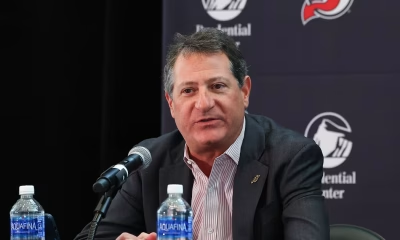
 Rec Sports2 weeks ago
Rec Sports2 weeks agoDavid Blitzer, Harris Blitzer Sports & Entertainment
-

 Motorsports2 weeks ago
Motorsports2 weeks agoJR Motorsports Confirms Death Of NASCAR Veteran Michael Annett At Age 39
-
Sports2 weeks ago
Elliot and Thuotte Highlight Men’s Indoor Track and Field Season Opener
-
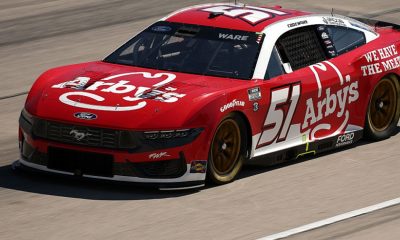
 Motorsports2 weeks ago
Motorsports2 weeks agoRick Ware Racing switching to Chevrolet for 2026
-
Sports2 weeks ago
West Fargo volleyball coach Kelsey Titus resigns after four seasons – InForum
-

 Sports2 weeks ago
Sports2 weeks agoWomen’s track and field athletes win three events at Utica Holiday Classic




































